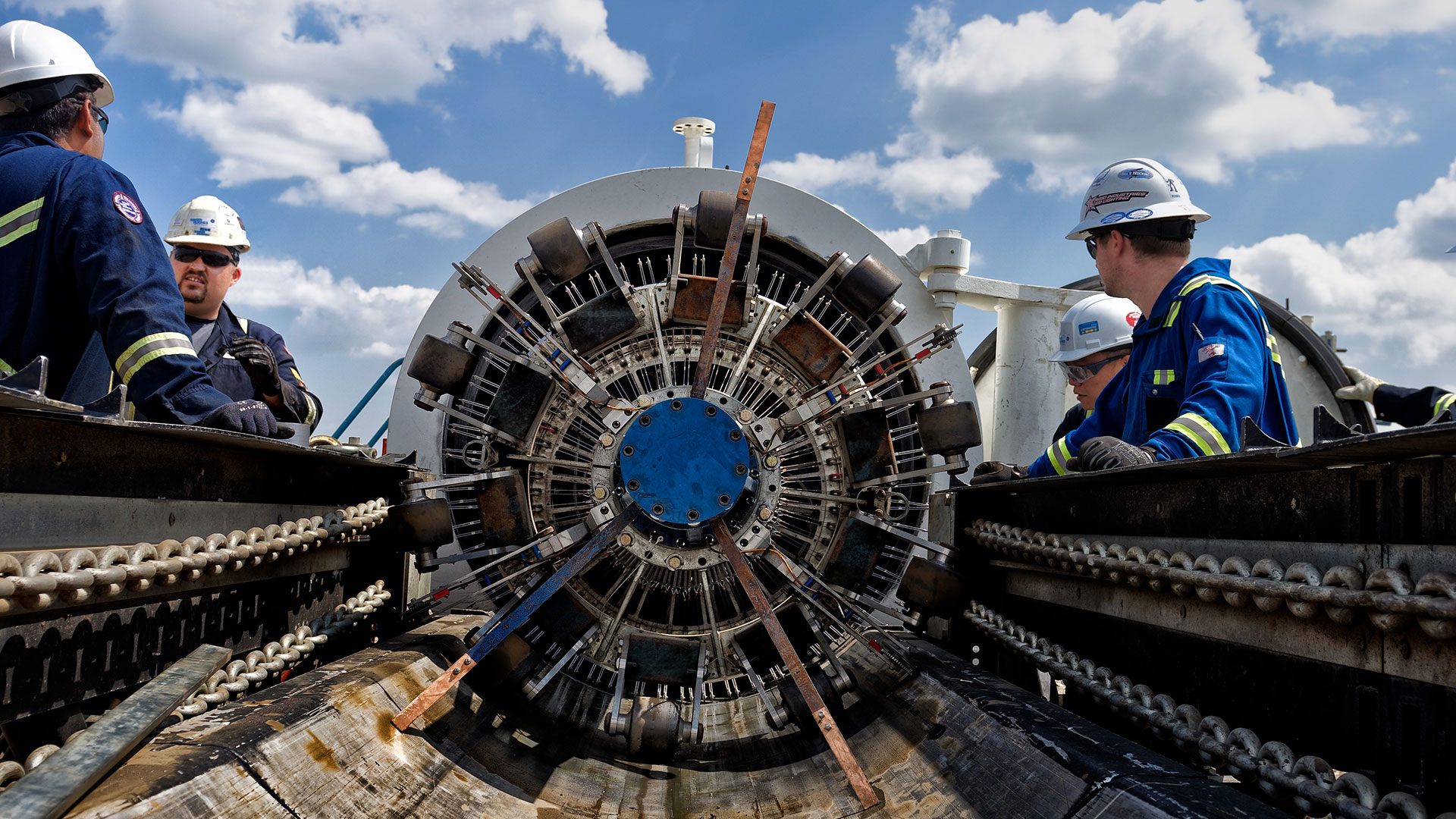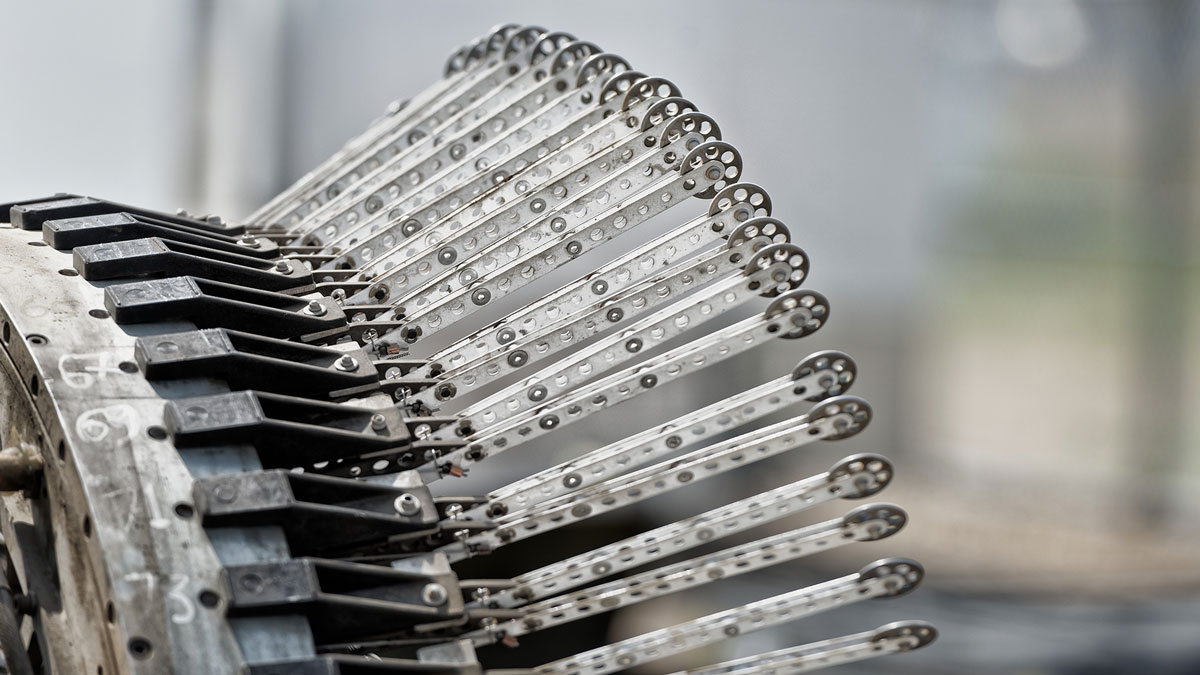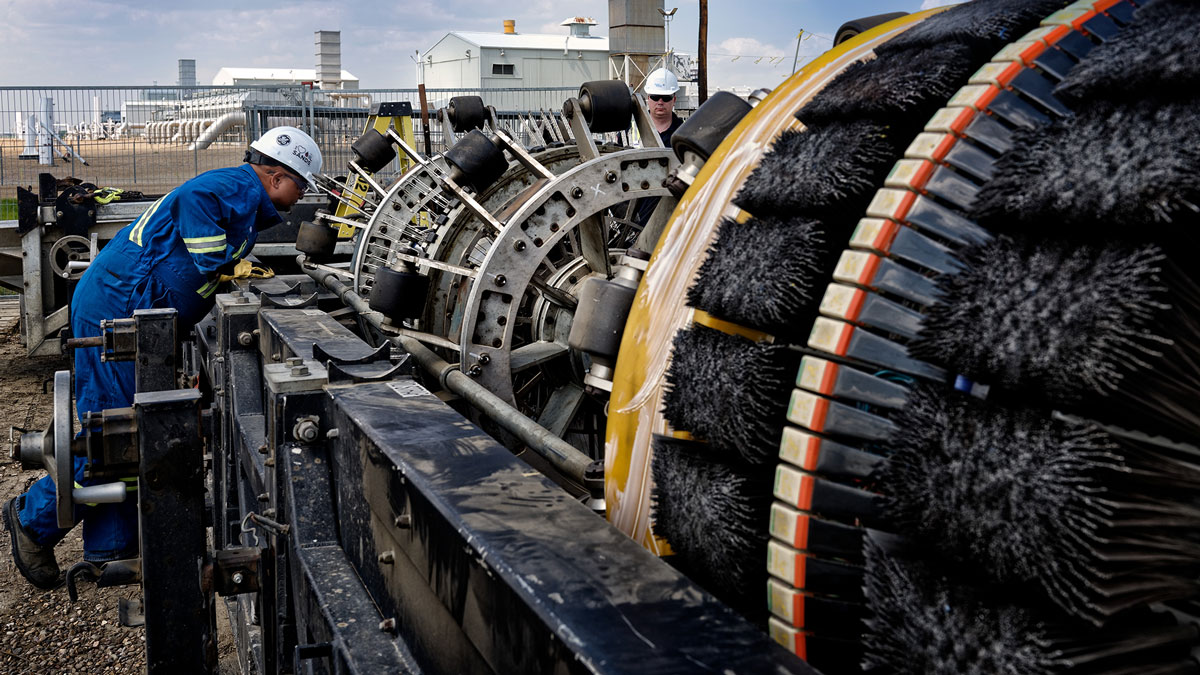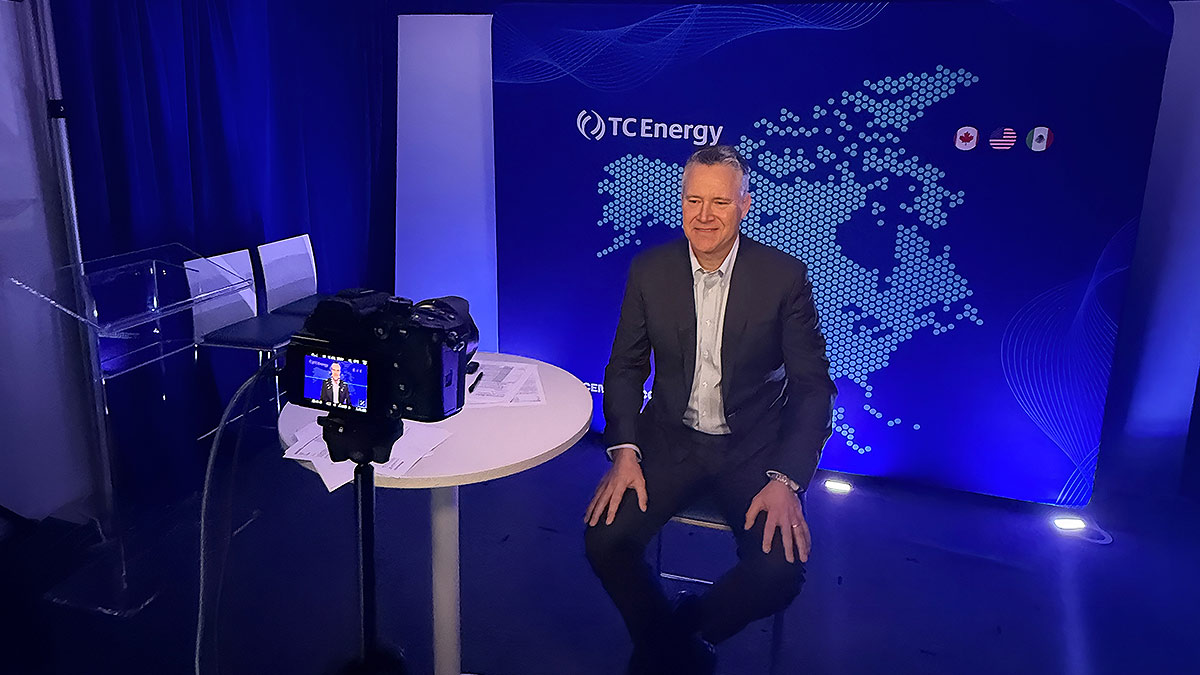May 6, 2025
What is a PIG?

What is a PIG?
Every industry has its share of TLAs (three letter acronyms) that can be confusing outside of the workplace. The pipeline business is no exception. One TLA that frequently pops up in operating pipelines is the PIG. No, it isn’t a cute barnyard animal, pot-bellied pet, or potential dinner menu option. A PIG is a pipeline inspection gauge, and it is a critical part of keeping our pipelines operating safely.
There are several different PIGs in the in-line inspection toolbox and each performs a different function. Smart-pigs are data capturing tools that provide readings and information on the health of our pipelines, but before they can get accurate readings, a cleaning tool, affectionately known as a ‘dumb-pig’, goes through the pipeline, cleaning the steel so the Smart-PIGs sensors can get a clear and accurate reading.
Once the cleaning tool has cleared the pipe of debris and checked for any possible obstructions, the Smart-PIGs can be sent through to provide valuable information and locations for potential metal loss, disbonded coating and small cracks or dents in the steel.
Three little pigs
There are three types of technologies we frequently use on a Smart-PIG and each provides unique data about the pipeline.
- Magnetic Flux Leakage (MFL): This technology creates a strong magnetic field in the steel of the pipe, through magnets located circumferentially around the PIG. There are sensors located between the magnets that record any disturbance in the magnetic field, which indicates metal loss. The sensors measure where and how much magnetic field is lost, providing a picture of the thickness of the steel around the pipe.
- A caliper tool: This technology suspends little ‘fingers’ on springs that feel along the inside of the pipe looking for dents. If there is a depression in the pipe, the fingers are pushed down for the length of the dent and spring back up after it. Dents on the top of a pipe could occur from third-party digging, while dents on the bottom are likely caused by the pipe resting on a large rock or boulder over time. The caliper tool provides an exact location so the cause can be addressed and the steel repaired. This technology is often used with the MFL technology.
- Electromagnetic Acoustic Transducer (EMAT): This technology looks for small cracks in the pipe. It works like sonar and creates sonic waves within the steel. When the wave hits a crack, the sound wave is reflected back and the technology records those reflections to tell us where there could be cracks or crack colonies. This is the newest technology used by in-line inspection teams.


PIGs on the move
Getting the PIGs through the pipelines works a little differently in liquids and gas pipelines. Both pipelines have launchers and receivers installed, like a T off the main pipeline. These sections are slightly larger than the size of the pipeline, which can range from 4” to 48”. This allows the inspection teams to load or remove the PIGs safely. Once the PIG is in the barrel of the launcher, the cup at the front of the tool is snugged against the diameter of the pipeline and the flow of oil or gas is controlled to move the PIG along the pipe and provide accurate readings during the run.
In a gas pipeline, the cups act like a sail on a sailboat catching the wind in its sails. The natural gas flows through the pipeline, catching in the cup and pushing the PIG along. The speed can be controlled by controlling the speed of gas in the pipeline, or by opening in the middle of the cup to allow some of the gas to flow through.
Since oil is not compressible like gas, the tool has to run at the speed of the liquid in the line. The cup is sealed against the sides of the pipe and gets pushed along, like riding an underwater current.
"We do these in-line inspections periodically and it gives us an overall health of the pipeline.”
Jon Sadler, Manager of In-line Inspection Canada at TransCanada
Healthy pipes
Jon Sadler, Manager of In-line Inspection Canada at TransCanada, has been working with these tools and running in-line inspections for 15 years and compares it to getting a regular check-up from your doctor.
“We do these in-line inspections periodically and it gives us an overall health of the pipeline.” Sadler explains.
“Ideally it tells us our pipeline is in really good shape, but if we find something unexpected we know where it is and why and we can take preventative measures so we can keep supplying energy to our customers.”
More Information
For more information about PIGs or in-line inspection watch the full-length videos from our PIG suppliers or read our other stories:
- WATCH VIDEO | Rosen Canada Ltd.
- WATCH VIDEO | Baker Hughes, a GE Company
- LEARN MORE | TransCanada Fact Sheet: Inspecting our pipelines (PDF, 1.04 MB)
- LEARN MORE | TransCanada Fact Sheet: Constantly investing in new technology (PDF, 1.93 MB)
- READ STORY | Front-line workers drive innovation, set gas pipeline inspection record
- READ STORY | Allure of record PIG run pulls retired TransCanada pipeliner from pasture



